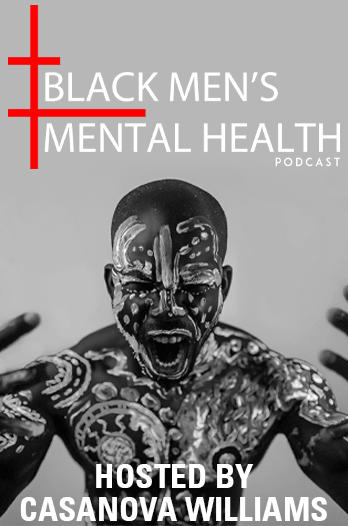 Marvel’s Thunderbolts is a bold, emotionally layered entry in the Marvel Cinematic Universe, closing out Phase Five and laying down explosive groundwork for Phase Six. Directed by Jake Schreier, the film offers a fresh perspective by focusing less on multiverses spectacle and more on deeply personal character arcs. With intense performances, gritty action, and long-awaited reveals, it proves to be one of Marvel’s most grounded and emotionally impactful team-up films to date.
Marvel’s Thunderbolts is a bold, emotionally layered entry in the Marvel Cinematic Universe, closing out Phase Five and laying down explosive groundwork for Phase Six. Directed by Jake Schreier, the film offers a fresh perspective by focusing less on multiverses spectacle and more on deeply personal character arcs. With intense performances, gritty action, and long-awaited reveals, it proves to be one of Marvel’s most grounded and emotionally impactful team-up films to date.
Unlike the clean-cut heroics of the Avengers, the Thunderbolts are a band of morally gray misfits, each carrying baggage, trauma, and questionable allegiances. Yelena Belova (Florence Pugh) steps into a leadership role, navigating her complicated past while trying to keep the team focused. Bucky Barnes (Sebastian Stan), also known as the Winter Soldier, becomes a reluctant mentor, still struggling with his violent history and the burden of his legacy. Other returning figures like Red Guardian (David Harbour), Ghost (Hannah John-Kamen), U.S. Agent (Wyatt Russell), and Taskmaster (Olga Kurylenko) round out a team defined not by ideals, but by survival and redemption. A new addition, Bob Reynolds (Lewis Pullman), aka the Sentry, adds a volatile dynamic as a man grappling with godlike powers and the constant threat of his destructive alter ego, the Void.
The film succeeds in anchoring its narrative in character development. Bucky’s arc is especially resonant, having tried and failed to settle into politics, he realizes his path to peace is through action, not inaction. Ghost, now able to fully control her phasing abilities, symbolizes the internal order she’s fought for since Ant-Man and the Wasp. Taskmaster, often sidelined in Black Widow, finally gets more depth and presence. Even Yelena is forced to evolve emotionally as she develops a complex relationship with Sentry, confronting her role as a leader rather than a lone assassin.
Beyond character work, the movie delivers long-awaited answers to lingering MCU questions. The mystery of Avengers Tower’s fate is resolved: Valentina Allegra de Fontaine (Julia Louis-Dreyfus) has acquired and renamed it “Watchtower,” confirming her growing reach. Her motivations are finally explored, revealing a traumatic backstory in which she witnessed her father killed by the Void, a detail that gives weight to her manipulative persona and thirst for control. Sentry’s backstory is also chilling. His transformation into the Void, visualized with haunting imagery reportedly inspired by the Hiroshima bombing offers one of the MCU’s most visceral and disturbing representations of power gone wrong.
The film’s end-credits scenes push the story forward in meaningful ways. The mid-credits scene plays with humor, showing Red Guardian relishing his newfound celebrity, a wink to fans and a sign he may be sticking around. But the post-credits scene is the true stinger: set 14 months later, the newly rebranded “New Avengers” detect an incoming interdimensional craft. It’s revealed to be the Fantastic Four’s ship, marking their long-awaited introduction into the MCU. Directed by the Russo brothers, this scene catapults us directly into the heart of Phase Six and foreshadows the events of Avengers: Doomsday (2026).
What makes Thunderbolts stand out isn’t just its gritty tone or team dynamics, it’s how it redefines heroism for the modern MCU. These characters aren’t trying to save the world because it’s noble; they do it because they have to, because it might be the only path toward healing or redemption. The film doesn’t rely on flashy cameos or world-ending stakes to keep viewers engaged. Instead, it delivers emotional catharsis, thematic maturity, and strong storytelling.
In the end, Thunderbolts is a dark horse triumph for Marvel. It answers key questions, introduces terrifying new players, and reshapes what we expect from a Marvel ensemble. Most importantly, it sets the stage for an ambitious new chapter of the MCU without losing its soul. If this is the tone heading into Phase Six, fans are in for something truly special.





